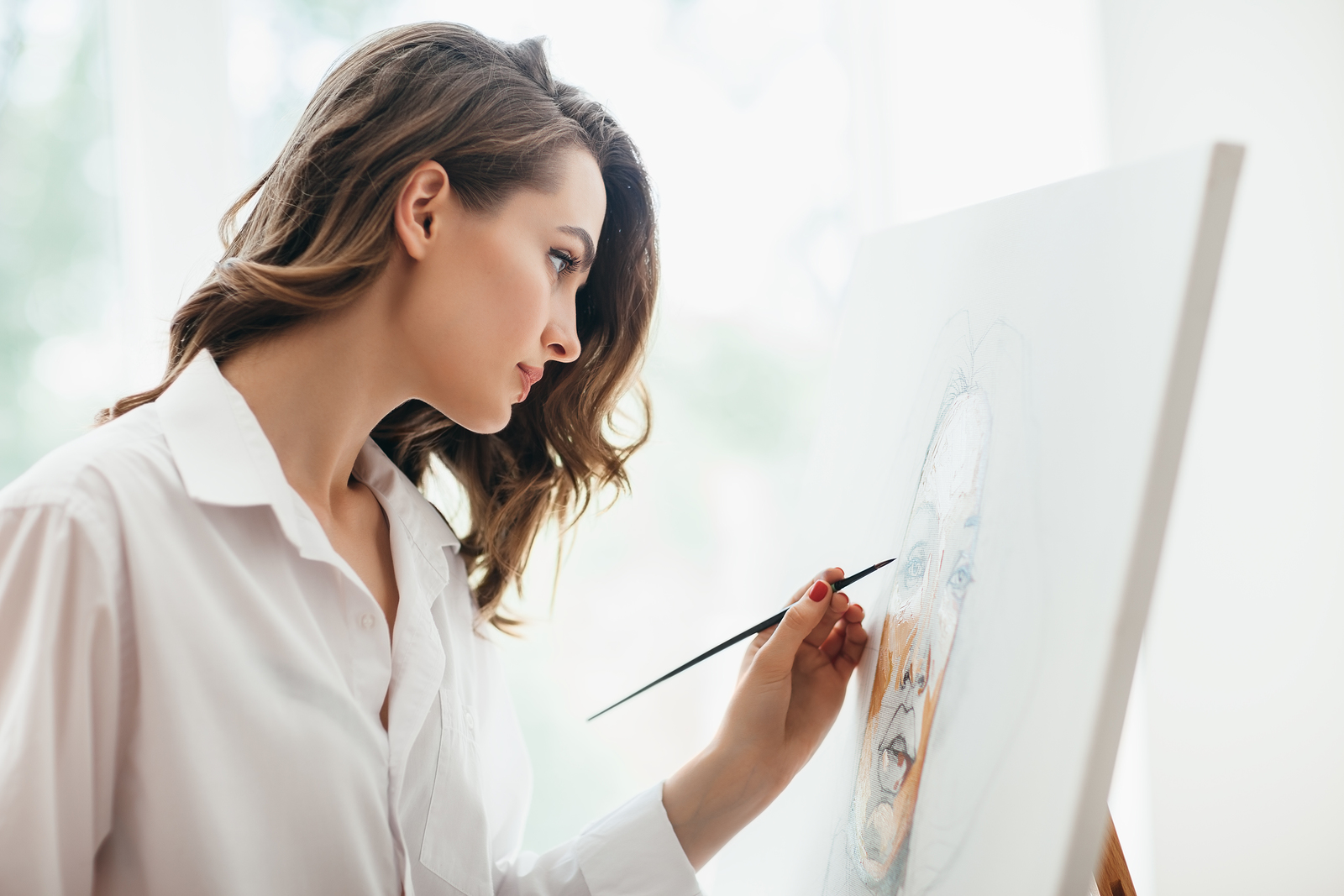Art in the time of COVID-19 for depression and anxiety Relief

By Katlyn Mortimer
Since the outbreak of COVID-19 forced many North Americans into a simulated depressive episode, prescriptions for antidepressant and anti-anxiety medication rose by 18.6 and 34.1 percent, respectively. These figures come from the United States, but Canada is likely experiencing similar spikes. While the situation is certainly difficult for many, the pandemic maintains one unique advantage over history’s other disasters: art accessibility. The internet provides isolationists with near-infinite choices of art and entertainment — two scientifically-proven mood boosters. For people who cannot improve their mood on art consumption alone, art production is available to people who have the right supplies. Supplies need not be extravagant; a simple pen and paper doodle can provide its own dopamine fix.
Types of Art and their Benefits
Music, film, literature, poetry, TV, painting, ceramics, comedy, and any other medium for self-expression can be considered art. Therefore, they can all provide relief from anxiety and depression. Listening to music, for example, triggers the release of dopamine in the brain’s dorsal and ventral striatum, while playing music can reduce stress by lowering one’s blood pressure and respiration rate. So whether a person is consuming art or making art, their mood is likely to improve. In fact, making art is even a psychology discipline.
Art Therapy
Art therapy is prescribed for anyone who can benefit from the deliberate, productive, enlightening process of making art. Children with trauma, people who are addicted to drugs and other substances like alcohol, Alzheimer’s patients, and people with anxiety and depression have all benefited from this universal stress reliever. It’ll be hard to find a good in-person art therapist during this time; luckily, art therapy can be self-directed. Simply set aside an hour of each day to focus on a creative task of your choosing. This can range from learning the guitar chords of “Wonderwall” to perfecting the details of the eyes on a self-portrait. However, there’s no need to focus too much on technique. In art therapy, the process is more important than the result.
Arts and Crafts Stores
If you would like to take on an artistic project but are lacking the supplies to do so, certain arts and crafts stores remain open to fulfill this need. Since the beginning of quarantine, such stores have implored the government to grant them the status of essential business. For example the popular craft retailer Hobby Lobby put up a good fight but was eventually forced to closed. However, the company is planning to slowly reopen its chains. In places where nonessential businesses can remain open as long as they implement social-distancing policies, art supplies stores are still standing. Michaels Arts and Crafts in Vancouver is going strong, as is Opus Art Supplies, although the latter is only doing pickup/delivery. If every art store in your area has shuttered, you can order your supplies online. Amazon sells all the products needed for an art therapy session.
The consumption and creation of art are two of the most effective treatments for anxiety and depression. In a time when COVID-19 has taken away work, live entertainment, and socialising, we should feel lucky to still have art – and the supplies for making art.



